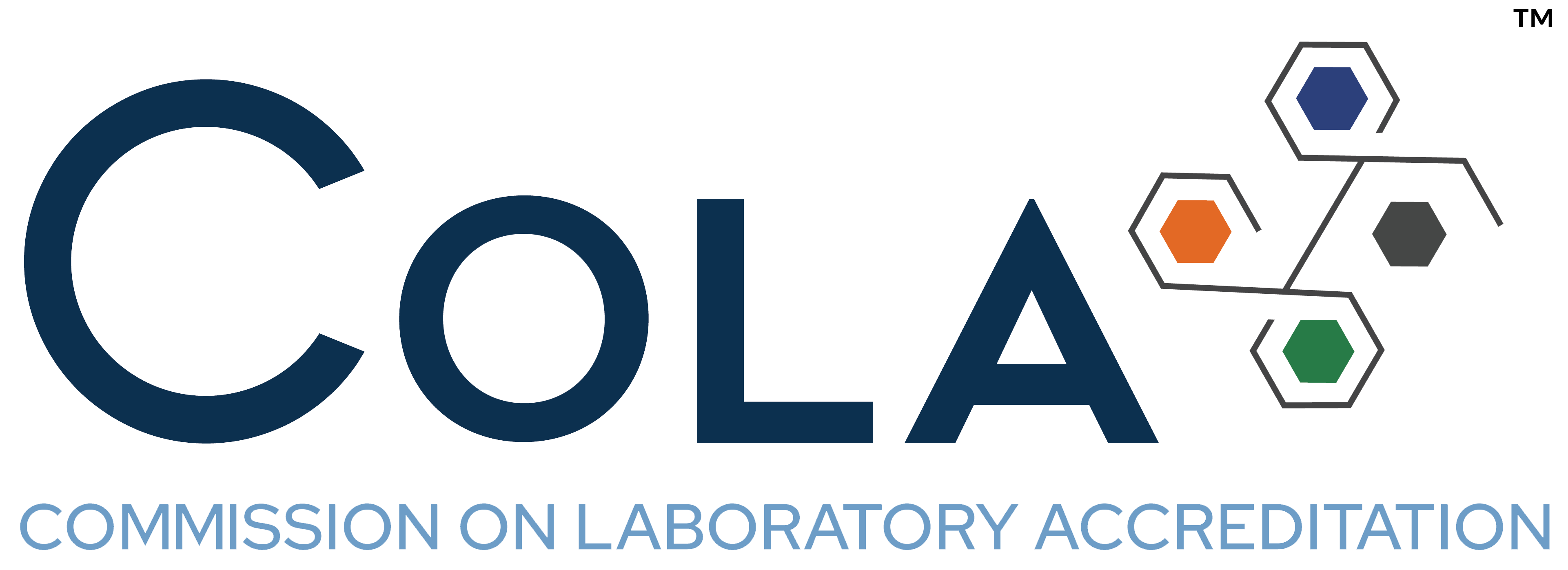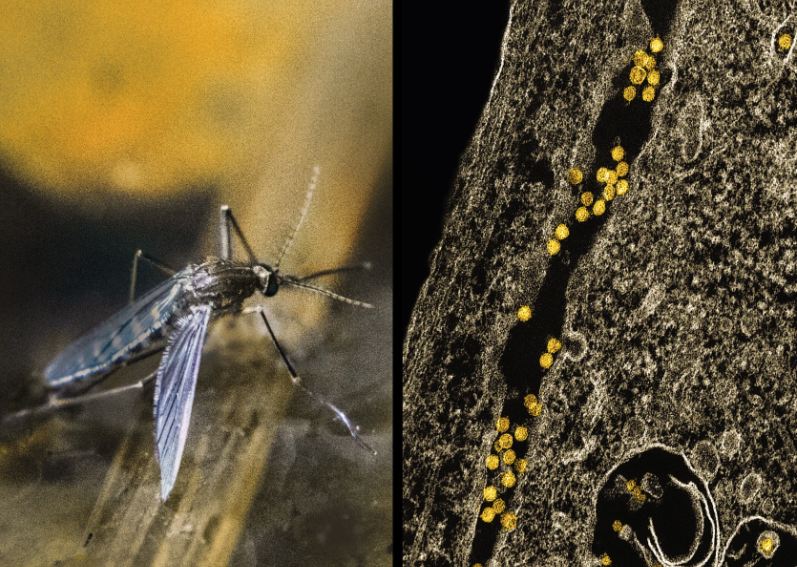As we head into fall 2024, the high-risk season for West Nile Virus is well underway. The CDC tracks cases from June to December, and the U.S. typically records approximately 2,200 cases annually. As of September 10th, nearly 500 cases have been confirmed across 39 states, with more cases anticipated as the season progresses.
Understanding West Nile Virus
West Nile Virus (WNV) is a mosquito-borne flavivirus that cycles between Culex mosquitoes and bird species, with wild birds acting as reservoirs. Humans are primarily infected through mosquito bites, although infections from blood transfusions, organ transplants and mother-to-child transmission have been documented.
While most WNV infections are asymptomatic, about 20% develop West Nile fever, characterized by fever, headache, fatigue, muscle aches, rash or gastrointestinal symptoms. Fewer than 1% of infections lead to severe neuroinvasive disease, such as meningitis, encephalitis or acute flaccid paralysis, which can result in long-term neurological deficits or death, especially in elderly or immunocompromised individuals.
Diagnosing West Nile Virus
Diagnosing WNV begins with an evaluation of the patient’s symptoms, travel history and potential mosquito exposure. A history of mosquito bites coupled with febrile illness and neurological symptoms should prompt suspicion of WNV infection. Laboratory confirmation involves serologic testing of blood serum or cerebrospinal fluid to detect WNV-specific IgM antibodies, which generally appear 3 to 8 days after symptom onset and can persist for up to 90 days. However, a positive IgM result may occasionally indicate cross-reactivity with other flaviviruses, requiring confirmatory testing via a plaque-reduction neutralization test (PRNT) at a state public health laboratory or the CDC, especially in atypical or severe cases. IgG antibodies, which develop shortly after IgM and persist for years, suggest past infection, but their presence without IgM requires investigation of other potential diagnoses. RT-PCR testing can also detect WNV RNA in early-stage infections, particularly in immunocompromised patients.
West Nile Virus in the U.S.—A Look Back
WNV was first identified in Uganda in 1937 and spread across Africa, the Middle East, Russia and Europe, primarily causing mild febrile illness. However, a more virulent strain emerged in the mid-1990s, leading to severe neurological infections in Europe and Israel.
In 1999, WNV made its first appearance in the U.S., initially in New York City, where it was at first mistaken for St. Louis encephalitis. That outbreak saw 62 confirmed cases and 7 deaths. The virus quickly spread nationwide, infecting birds, horses and humans, reaching all 48 contiguous states by 2012. Over the past two decades, WNV has remained a significant health concern, with thousands of cases reported annually, many involving neuroinvasive disease. By 2023, the U.S. had reported a total of 59,141 cases since 1999, including 30,422 neuroinvasive cases and 2,958 deaths.
Current Trends in the United States
As of the second week of September 2024, the CDC reported 491 confirmed WNV cases across 39 states, with 342 classified as neuroinvasive. Texas, Nebraska, Mississippi and California are the hardest hit states. While the total number of cases is slightly lower than at the same time last year, experts caution that the situation remains fluid, with peak virus activity usually occurring during late summer and early fall. Each year, around 1,000 people in the U.S. are hospitalized due to severe WNV, though many cases go unreported due to mild or asymptomatic infections. It is estimated that 80% of WNV infections are not reported.
Prevention of West Nile Virus Infections
There is no specific treatment or vaccine for WNV. The CDC recommends three key strategies for prevention: avoiding mosquito bites, mosquito-proofing homes and supporting community efforts. To minimize mosquito bites, apply DEET-based insect repellent to exposed skin and use permethrin on clothing for added protection. When outdoors, especially during peak mosquito activity from dusk to dawn, it is advisable to wear long sleeves, pants and socks. Mosquitoes breed in standing water, so eliminating areas where water collects outdoors, such as containers, is essential. Ensuring that windows and doors have proper screens will help keep mosquitoes out of the home. As part of community efforts, it is important to report dead birds to local health authorities, as they may indicate the presence of WNV. Communities should also participate in mosquito control programs and maintain cleanliness to reduce mosquito breeding grounds.
As WNV continues to pose a serious public health threat, staying informed and taking preventive measures is crucial for protecting yourself and your community.
References
Clark MB, Schaefer TJ. West Nile Virus. [Updated 2023 Aug 8]. In: StatPearls [Internet
Treasure Island (FL): StatPearls Publishing; 2024 Jan-. Available from: https://www.ncbi.nlm.nih.gov/books/NBK544246
Hale GL. Flaviviruses and the Traveler: Around the World and to Your Stage. A Review of West Nile, Yellow Fever, Dengue, and Zika Viruses for the Practicing Pathologist. Mod Pathol. 2023 Jun;36(6):100188.
CDC. Clinical Testing and Diagnosis for West Nile Virus Disease. May 15 2024. Available from: https://www.cdc.gov/west-nile-virus/hcp/diagnosis-testing/index.html
Ronca et al. A 20-year historical review of West Nile virus since its initial emergence in North America: Has West Nile virus become a neglected tropical disease? PLoS Negl Trop Dis. 2021 May 6;15(5):e0009190.
CDC. West Nile Virus. Historic Data (1999-2023). June 18 2024. Available from: https://www.cdc.gov/west-nile-virus/data-maps/historic-data.html
CDC. West Nile Virus. Current Year Data (2024). September 10 2024. Available from: https://www.cdc.gov/west-nile-virus/data-maps/current-year-data.html

